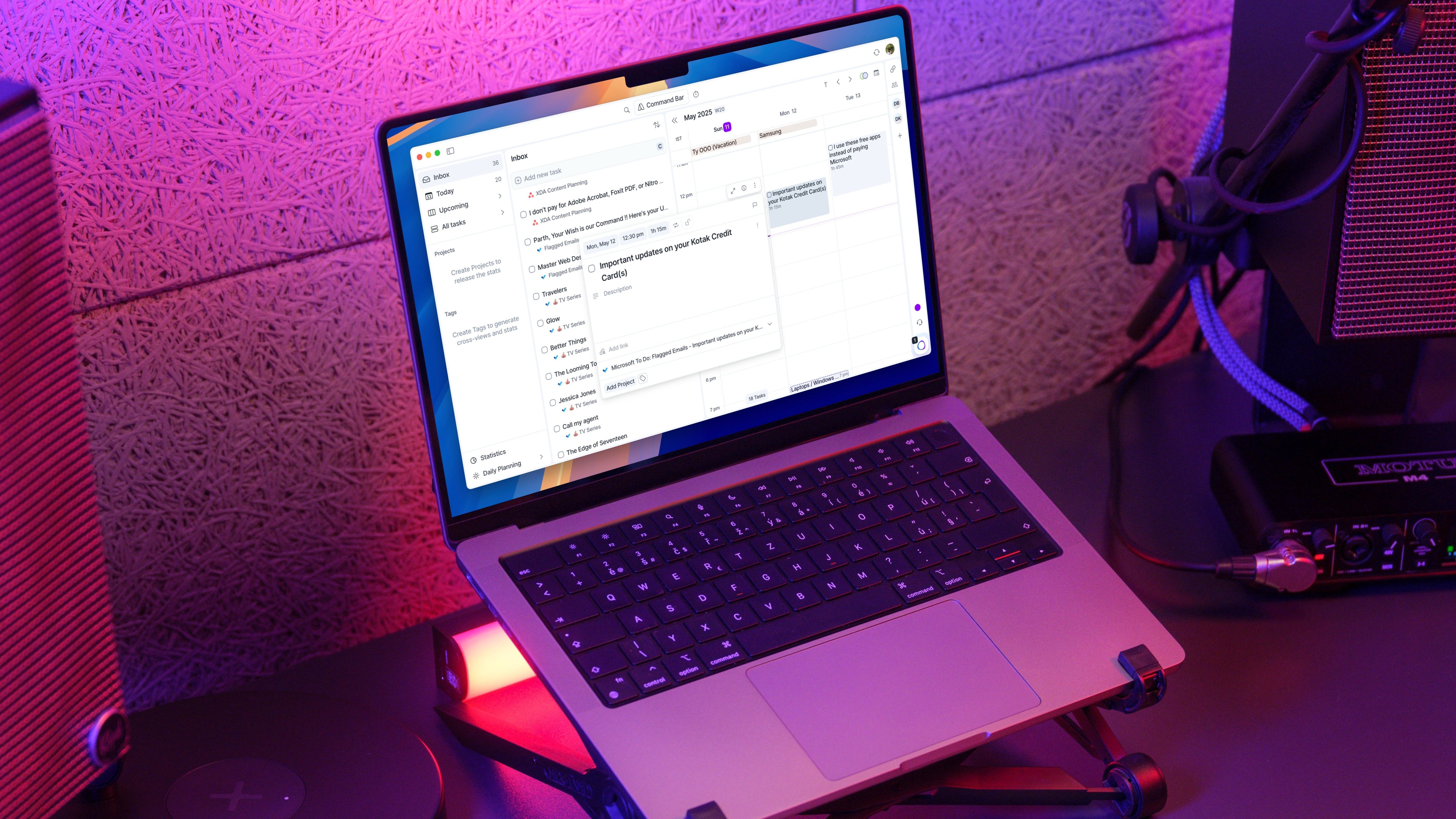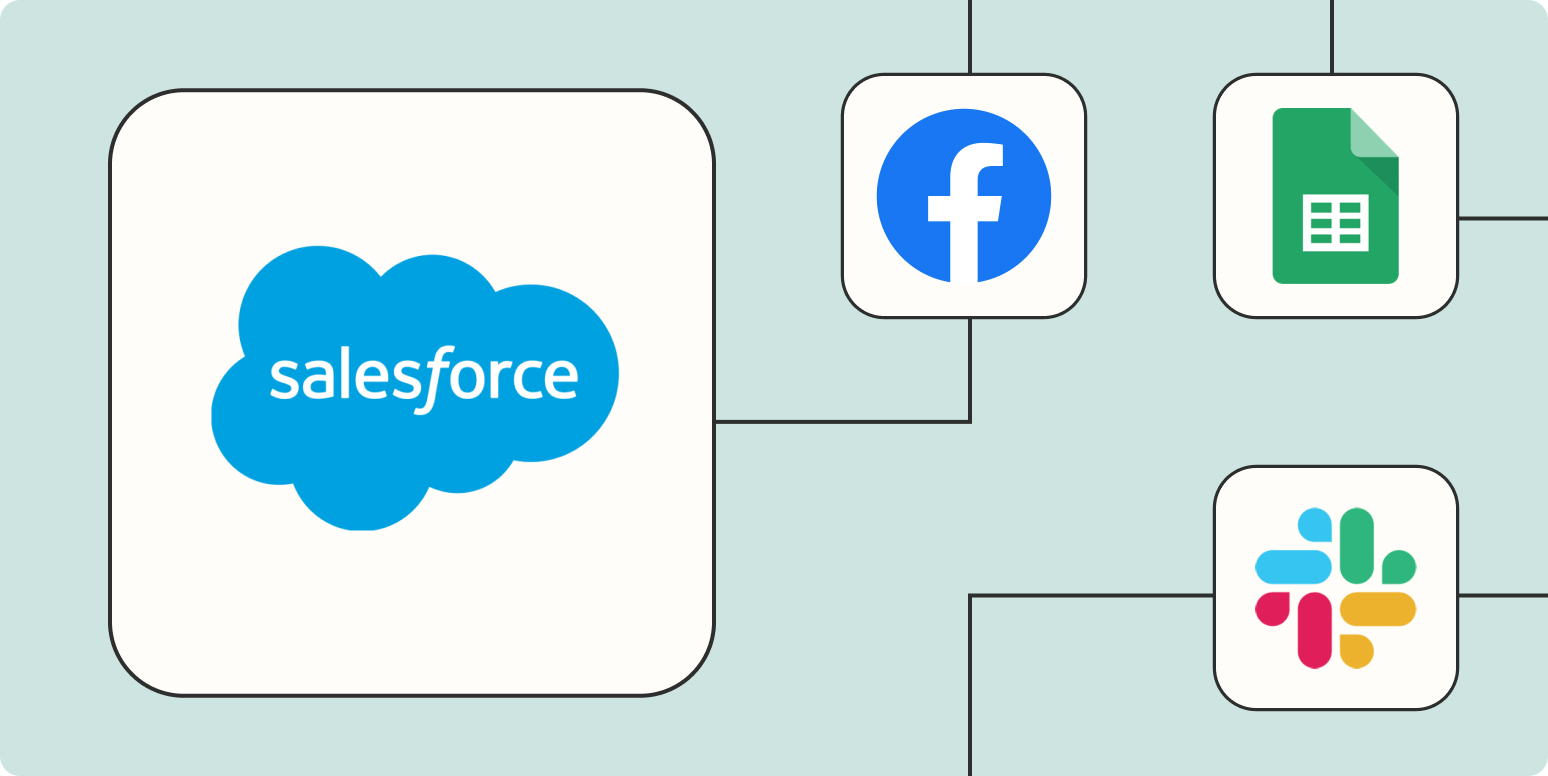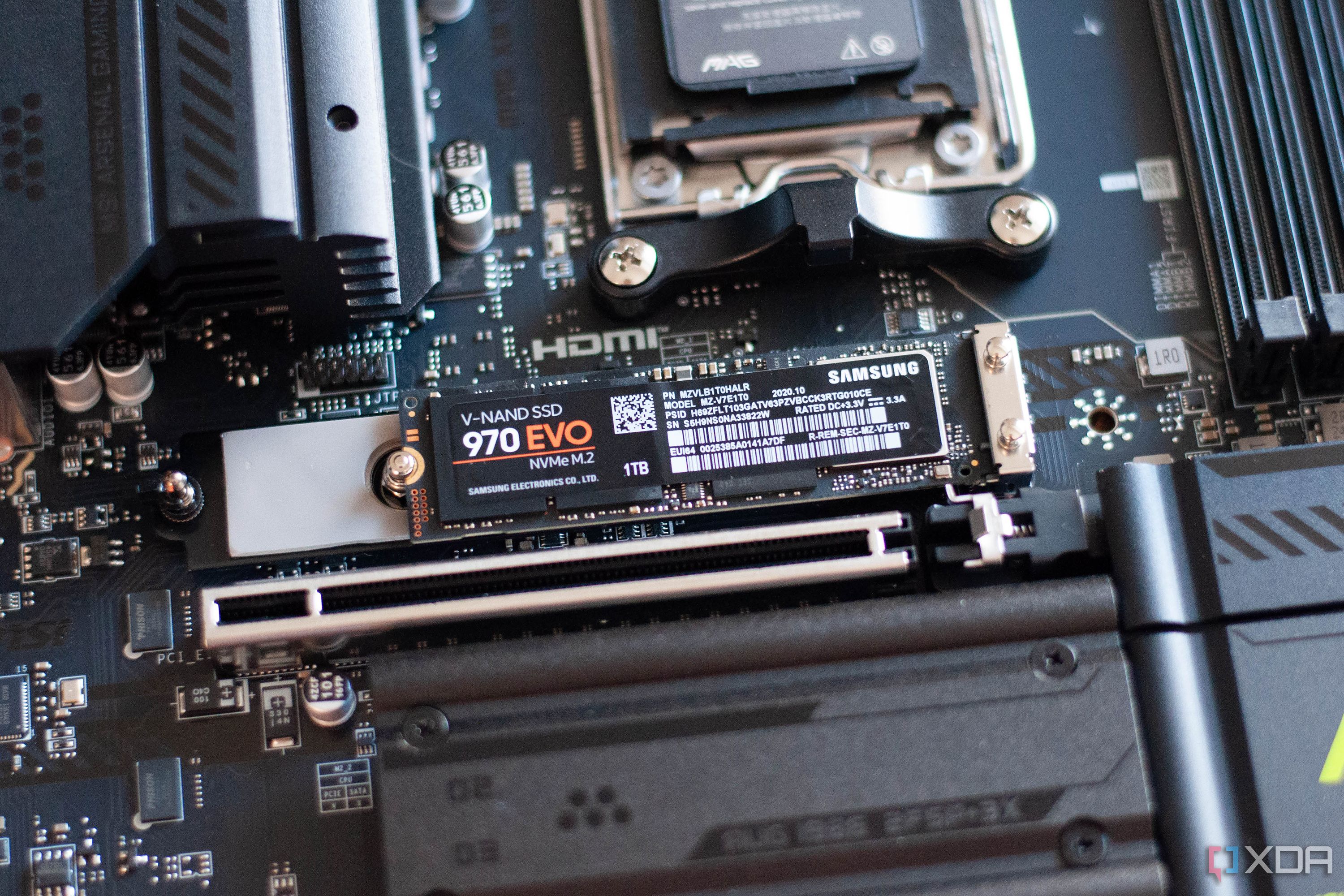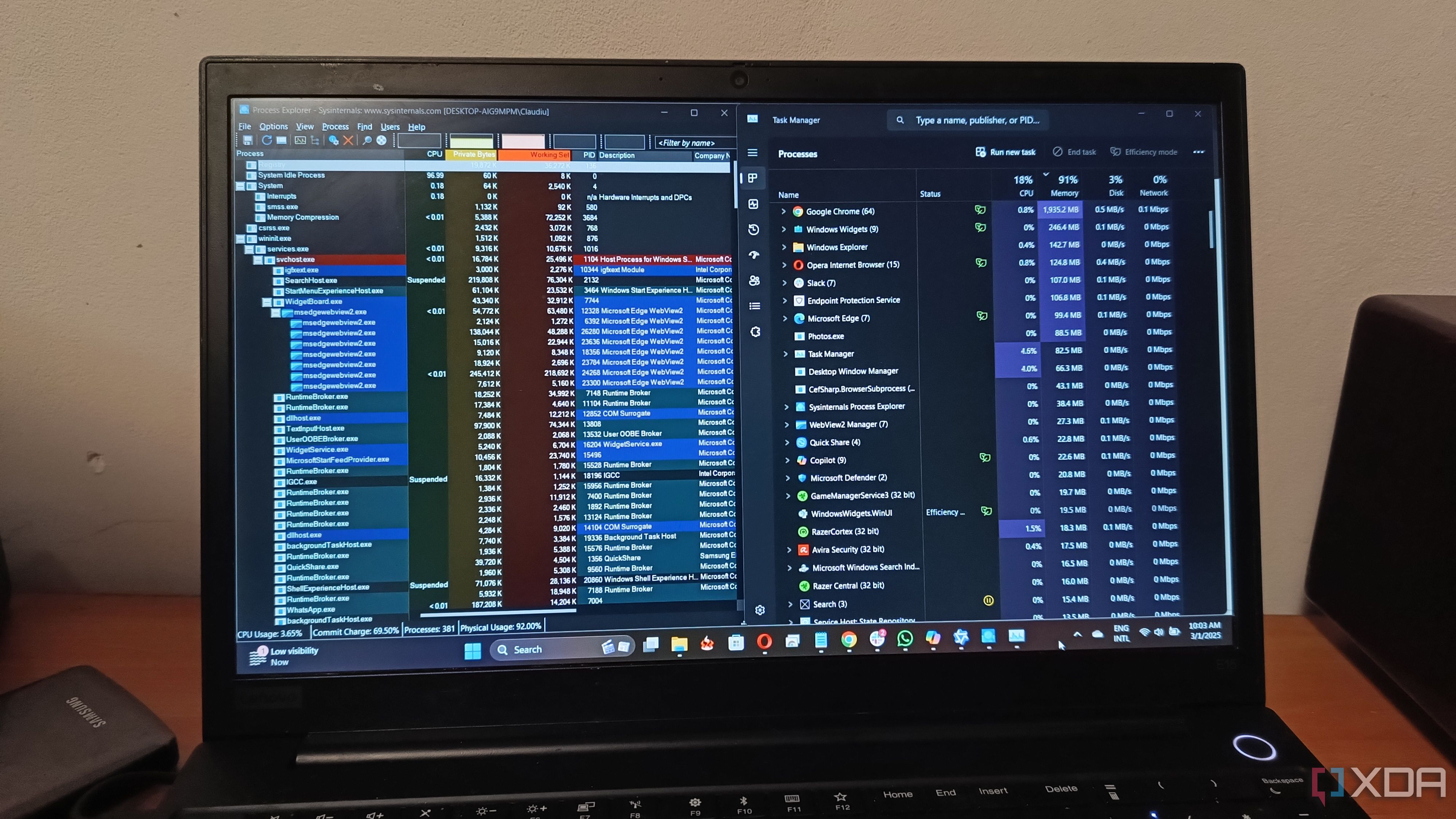


After experimenting with more than ten popular note-taking systems, the outline method emerged as the only strategy that truly stuck with me. Its flexible, context-agnostic structure adapts seamlessly to meetings, brainstorming, research, and daily lists. Think of it as a universal key for organizing chaos, letting you quickly capture and order information in real time. Unlike rigid templates or complex digital tools, outlines scale up or down effortlessly, from a two-minute phone call to a semester-long research project.
The method’s simplicity is its superpower: hierarchical bullet points require minimal setup, so you’re less likely to abandon your notes halfway through a project. Outlines naturally cluster related ideas, allowing easy sorting and prioritization without cognitive overload. When deadlines loom or details slip, flipping through your clear, organized notes can be the difference between calm control and frantic searching. It’s not just a note-taking system—it’s a productivity backbone that saves time, reduces stress, and helps ensure important information never gets lost in the shuffle.

For professionals who manage packed schedules or juggle diverse projects, a daily planner app can be a game-changer. Akiflow stands out in today’s crowded app market by expertly combining familiar calendar views, robust task management, and automation in a singular interface. Instead of toggling between Google Calendar, project management suites, and note-taking apps, Akiflow brings appointments, to-dos, and reminders together, making it easier to see the big picture and the daily grind all at once.
Akiflow’s two-way sync with Google Calendar and Slack integration means it fits right into modern workflows, updating both your personal and team commitments in real time. The app shines in its ability to batch process tasks—if you receive several action items during a meeting or from emails, you can quickly inbox them in Akiflow, sort by priority, and assign due dates without friction. Its intuitive keyboard shortcuts and drag-and-drop interface mean planning your day doesn’t slow down your momentum. You can even set up repeat routines (like weekly reports or health appointments) and receive timely nudges directly in-app, reducing the chance that recurring but non-urgent tasks fall through the cracks.
Real users report significant gains in clarity and stress reduction. For example, marketing consultant Sandra Lee credits Akiflow’s unified view with saving her over an hour per week that she used to spend “calendar hopping.” Research from productivity analysts at Time Doctor also suggests that centralizing task management can reduce context switching, which is linked to a 40% drop in productive flow during the day.
Akiflow is also mindful of focus. Its notification controls and daily planning features encourage realistic workload assessments. At the start of each day, you set your priorities, time block deep work sessions, and archive or snooze less critical items. This ensures you’re working from a curated, manageable list, instead of reacting to the latest ping. For anyone prone to overwhelm or who simply wants a smoother planning routine, Akiflow’s efficiency and cross-platform integrations make it a must-try. It’s not just another app—it’s a smarter way to wrangle the chaos of modern work.

Since its debut, Apple’s Dynamic Island has sparked curiosity as both a design feature and a productivity tool for iPhone users. While many see it as a cosmetic flourish, its value grows exponentially when paired with apps designed to maximize its interactive potential. Six notable apps have emerged that turn the Dynamic Island into a proactive productivity hub, ideal for people who want to minimize distractions and boost efficiency. These apps include task managers like Things 3, timers such as Focus, and communication platforms like WhatsApp, all offering real-time notifications and actionable prompts directly within the Dynamic Island’s expandable interface.
For instance, calendar apps like Fantastical use the Dynamic Island to display upcoming events, giving you constant, unobtrusive reminders of meetings without you needing to unlock your phone or sift through notifications. Music and podcast apps have integrated playback controls, allowing you to skip, pause, or rewind episodes right from the top of your screen, keeping your focus intact while multitasking. Some finance apps even offer transaction alerts and quick balance checks using Dynamic Island pop-ups, which means less app switching and more mental bandwidth reserved for what matters most.
Experts highlight that the psychological benefit of this feature is in its ability to bundle notifications and controls in a single, persistent access point. According to UX consultant Jane Kim, “Dynamic Island channels your attention to one place, drastically reducing temptation to wander into unrelated apps.” This makes it easier to handle incoming information without triggering a spiral of distraction—a common pitfall in mobile productivity. Real-world usage bears this out: iPhone power users report fewer missed messages and better time management, with some citing a 20% decrease in unnecessary app opens throughout the workday.
As app developers continue to innovate around the Dynamic Island, expect even richer integrations ahead, such as habit trackers, health updates, and collaborative tools. For anyone serious about reclaiming focus and using their smartphone as an ally, these six apps are essential downloads. They transform Dynamic Island from a background detail into a productivity accelerator, streamlining your workflow and keeping important information always within reach.

Salesforce has long been the go-to CRM platform, but many organizations barely scratch the surface of its automation potential. When used thoughtfully, Salesforce automation can transform sales productivity, accuracy, and efficiency—moving it from a simple contact management tool to a dynamic business engine. Here are six powerful automation strategies that drive real-world results:
Experts such as Salesforce MVP Ben McCarthy note that "even midsize firms have seen sales cycle times drop by 15% after adopting layered automation." Real-world examples abound: a SaaS startup using automated lead routing and follow-ups saw a 30% jump in qualified conversions within just three months. These automation strategies not only reduce errors and busywork but also provide better customer experiences—crucial in today's competitive landscape. For any business that relies on Salesforce, investing in automation is a clear path to unlocking more value from both software and staff.

Solid State Drives (SSDs) have revolutionized storage by offering lightning-fast read and write speeds, quiet operation, and higher durability compared to older mechanical hard drives. However, contrary to common belief, SSDs aren’t immune to wear—and everyday computing habits can greatly influence their longevity. The core problem lies in how flash memory cells, which store data on an SSD, degrade slightly with each write cycle. Over time, frequent data transfers, excessive downloads, and especially repetitive writes (such as from torrenting, video editing, or running virtual machines) all accelerate cell wear and shrink the drive’s effective lifespan.
Practical adjustments can extend SSD life dramatically. First, limit unnecessary writes by storing temporary files, browser caches, and downloads on traditional hard drives if available. Enable the TRIM function, which most modern operating systems support, to help the SSD efficiently clear out unused blocks and optimize performance. Disabling or minimizing system hibernation and pagefile size can also reduce routine writes, especially in systems with ample RAM. Even small changes—like avoiding large, redundant backups or continuous file syncing—make a difference.
Health monitoring is crucial. Software such as CrystalDiskInfo or the built-in utilities provided by major SSD manufacturers enable users to track drive temperature, remaining life, and error logs in real time. Sudden drops in write speed, increases in bad sectors, or unexpected system freezes often signal underlying SSD issues that warrant immediate backup and replacement planning. For business users or content creators with mission-critical data, automated health alerts can prevent costly downtime.
Industry experts, including those at PCMag and Tom's Hardware, emphasize the importance of regular firmware updates, which can resolve bugs and enhance drive efficiency. Proactive management—monthly health checks, mindful use, and strategic backups—has been shown to double or triple the useful life of SSDs compared to neglectful usage. While SSDs are robust, understanding their limits and optimizing your habits is essential for anyone who values fast, reliable storage and wants to avoid the heartache of unexpected data loss.

Windows 11 comes with built-in resource management, but power users and professionals often need much deeper insight than the standard Task Manager provides. Open-source resource management tools like Process Explorer and Open Hardware Monitor are game-changers for anyone who wants to monitor performance, troubleshoot bottlenecks, or just keep their system running smoothly. Process Explorer, a Sysinternals tool now owned by Microsoft but open-sourced by the community, offers granular breakdowns of processes, threads, service trees, and DLL dependencies. Users can track down which process is locking a file, identify rogue CPU eaters, and even get forensic-level insights into malware or unauthorized background operations.
Open Hardware Monitor brings real-time tracking of temperatures, voltages, fan speeds, and system health for CPUs, GPUs, and drives. This is invaluable for professionals running heavy simulations, gamers, or anyone concerned about overheating and hardware lifespan. Unlike proprietary apps that may be bundled with hardware, open-source tools tend to be lightweight, privacy-respecting, and updated frequently by an active developer community. They can be customized with plugins and scripting, which is especially valuable for IT departments who need to automate monitoring or alerting based on custom metrics.
In real workflows, these tools help users maintain focus by eliminating annoying slowdowns and surprises. For example, a sudden spike in memory usage can be traced to a misbehaving browser tab or newly updated app, allowing you to act before it affects productivity. Many users set up alerts for temperature thresholds or resource spikes, receiving a pop-up if their system approaches trouble—so they can act before something crashes during a crucial meeting or project. Open-source apps generally come with rich documentation and active forums, so solutions to issues are just a quick search away.
According to IT consultant Alex Bryant, "Having granular, real-time resource feedback at your fingertips gives you the confidence to run complex workloads and keep distractions at bay." These tools are essential for anyone who demands both transparency and control over their Windows 11 experience—and best of all, they cost nothing but a few minutes to install and configure. Whether you’re a developer, gamer, or just a productivity enthusiast, open-source resource monitoring is a smart upgrade every Windows user should consider.
